The content of the article
Meadowsweet (the second name - tavolga) refers to perennial herbs from the family of pink. At least 16 species of this plant are known. Shepherds are very fond of moisture, grows near streams and rivers, on the shores of lakes, near swamps, in moist deciduous forests.
The plant can reach a height of 120-175 cm, its leaves are very similar to the foliage of elm, hence the more complete name originates - meadowsweet. The plant has a creeping rhizome, a straight, ribbed stem with a large number of leaves. The leaves are pinnate, the upper surface is smooth, the bottom resembles soft felt. The flowering of meadowsweet begins in early summer.Pretty small flowers of white or pale pink are collected in a large decorative inflorescence. The main area of growth for Labushnik is the middle part of Russia, Western and Eastern Siberia, and the Caucasus. Lush beautiful inflorescences have a rich honey aroma, bloom throughout the summer. If you grind the leaves of meadowsweet, they emit a sharp characteristic odor.
For centuries, the Labaznik has been used as a medicinal plant, therefore its composition has been studied in some detail.
The flowers, stalks and rhizomes of the ground meadow
- Flavonoids (primarily quercetin and kaempferol) - 4–8 percent. They help reduce inflammation, resist the action of viruses. Flavonoids have an antispasmodic, diuretic and anti-cancer effect, and ulcers heal well.
- Phenolic glycosides - spirein, isosalicin, monotropitin. They have a stimulating effect on the work of the kidneys and biliary tract, control the functioning of the immune system. Phenol compounds act as an antiseptic, antispasmodic, diuretic.
- Polyphenolic compounds - coffee and ellagic acids. Phenol carboxylic acids normalize the liver and kidneys,remove inflammatory processes in them.
- Heparin is a natural anticoagulant that prevents blood from clotting.
- Salicylic acid and its derivatives, such as methyl salicylate and salicylic aldehyde, reduce inflammation, remove puffiness.
- Tannins (they contain about 19%) are famous for their antioxidant, hemostatic and astringent properties.
- Ascorbic acid, strengthens the immune system, restores damaged tissue, has a positive effect on the nervous system.
- Essential oils necessary for normal functioning of the digestive system. They also have antitussive effect, strengthen the heart muscle.
- Starch, which forms a protective film on the surface of the gastric mucosa, preventing the harmful effects of some aggressive products on it. Thus, starch prevents the development of gastritis and gastric ulcers. Due to the presence of starch, the body receives a charge of energy, a person has a feeling of fullness.
- Catechins successfully neutralize free radicals, have a pronounced antibacterial effect.
- Glycosides have a laxative and diuretic effect.They have a calming effect on the nervous system, dilates blood vessels.
- Fatty acids are involved in the normalization of metabolism in the body, in the restoration of damaged cells.
Salicylic acid, which reduces inflammation and reduces pain, is an important component of the meadowsweet. Based on it, acetylsalicylic acid is created. This drug was given the name "aspirin" and began to be used as an analyzing, antipyretic, analgesic. Aspirin is an unusually widespread worldwide drug received its name from the Latin name of meadowsweet.
Harvesting and storage of medicinal raw materials
In different species of meadowsweet healing properties have different parts of the plant. In the meadowgrass, the stems, flowers and leaves are used; at six-petal - tubers and rhizomes. Kamchatka and palmate form is used completely. The root part can be harvested in early autumn, as well as in March and April. Rhizomes dig, shake off the ground with them, cut into strips, dried.Flowers and leaves are harvested in September – October, washed, laid out in a thin layer on fabric or paper and dried in a ventilated room without access to sunlight, turning over from time to time. Store dried medicinal raw materials necessary in paper or cloth bags. Shelf life should not exceed 3 years.
Useful properties of Labaznika
This plant often grows on household plots as decorative. Many do not know that with its help you can get rid of serious ailments. In folk medicine, all parts of this plant are used. Nutrients are unevenly contained in flowers, leaves and rhizomes, and this is the reason for the differences in their use.
Rhizome
In this part of the plant tannins are contained in maximum concentration. Chopped root is indispensable for the preparation of decoctions and infusions, which are excellent anti-ulcer, astringent, wound-healing agents. The infusion of the root of Labaznika is soft and has a diuretic.
These decoctions are used to treat the following diseases:
- urolithiasis disease:
- gout;
- kidney disease;
- gynecological problems.
It is noticed that the use of tincture from the root of the meadowsweet can reduce the intensity of epileptic seizures.
Grass
The grassy part of the Labaznika contains the same beneficial substances, but with a lower concentration. The decoction of the grass has a softer effect, it can be used for a long time. Used to treat diseases of the throat and bronchi.
Inflorescences
Labaznika flowers contain substances that have soothing effects. They are added to tea, cook broths. Powder, prepared from dried flowers, is used to treat purulent wounds, to reduce sweating feet.
Use for the treatment of gynecological diseases
In folk medicine labaznik used to treat inflammation, infertility, endometriosis:
- In inflammatory processes, a teaspoon of dried roots is poured with cold boiled water for 8 hours. Then it must be filtered and taken throughout the day for several receptions.
- To get rid of infertility, it is necessary to mix three tablespoons of meadowsweet, clover and lime, pour a liter of boiling water, after 2 hours, strain.Need to drink 400 ml of infusion per day.
- To stop uterine bleeding, shredded rhizomes of the plant are poured with vodka and infused for 7 days. The recommended intake is one teaspoon of infusion 2 times a day.
- In the treatment of endometritis and fibroids, it is necessary to prepare a complex collection, which includes St. John's wort, groundwort, juniper berries, chamomile, calendula, millennial, and calamus. Combine a teaspoon of herbs, pour in a liter of vodka. After two weeks of infusion, the drug is ready.
Treatment of colds
The infusion of meadowsweet flowers is used for the prevention and treatment of acute colds and viral infections. Flowers are filled with cold water, infused for 12 hours, filtered. After that, the grass should be squeezed. To enhance the effect, you can mix this liquid with calendula alcohol tincture. The drug is taken in one teaspoon per reception three times a day. It is recommended to use it in the period of mass flu and cold epidemics for prophylaxis from 3 to 7 days.
Pancreatitis treatment
The disease is characterized by the presence of acute pain.To reduce it, you can apply the infusion of the aerial parts of the meadowsweet. This drug will reduce inflammation and pain in the pancreas. 15–20 grams of chopped raw material, pour two cups of cold boiled water, leave to infuse for 2 hours, you can overnight. This medicine must be taken in divided doses throughout the day, preferably before meals. The use of infusion facilitates the patient's condition, decreases nausea, blurred eyes, weakness.
Phlebeurysm
Blood fever also has a beneficial effect on cerebral circulation. Herbalists recommend using it to improve the condition after a stroke, traumatic brain injury, with a decrease in memory in old age. Microcirculation of blood, peripheral blood supply improves.
Joint diseases
To reduce inflammation and improve mobility of joints, you can take a decoction from the roots of meadowsweet. Four tablespoons of raw materials pour a liter of boiling water, soak an hour in a water bath, strain. It is necessary to take this broth in a quarter cup 4 times a day. The same broth helps with diseases of the digestive system, they can wash wounds and burns.
To prepare an alcohol infusion, 200 g of dry grass, pour half a liter of vodka, add the same amount of water. Soak the tincture in a cool place for 10 days. Treat it with ulcers and wounds, tincture promotes their healing. From this tool you can prepare lotions that help with neuralgia, arthritis, arthritis.To enhance the effects of medication, drink tea from the meadowsweet.
Contraindications
As with any medicinal plant, meadowsweet has a number of contraindications.
These include:
- pregnancy and lactation;
- anemia;
- low blood pressure;
- vascular dystonia;
- constipation;
- allergy, intolerance to certain components that make up the plant;
- exacerbation of diseases of the digestive system.
Infusions and decoctions from the meadowsweet are unacceptable in the treatment of children under 12 years of age.
It is very important to use for the maintenance of health and prevention of medicinal herbs growing in our forests, fields, and vegetable gardens.
Video: useful properties and the use of a Labaznika

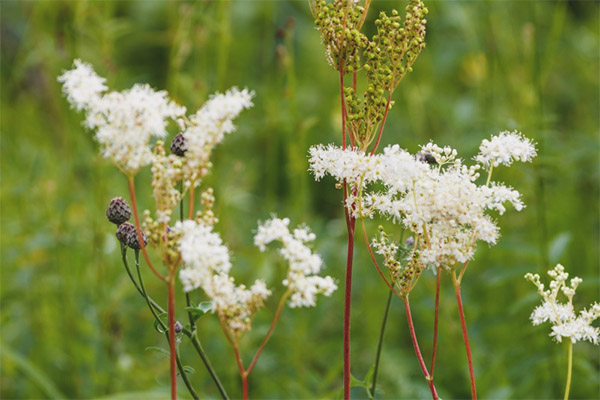
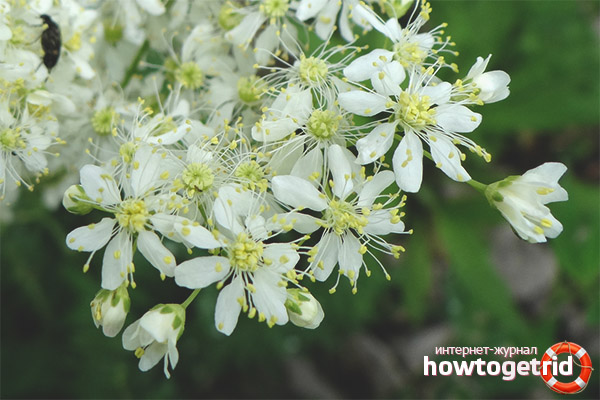


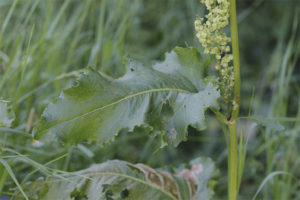
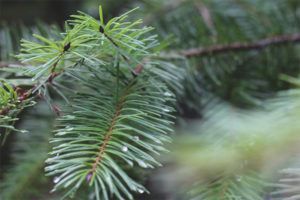
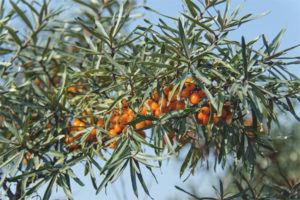

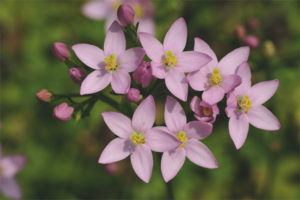
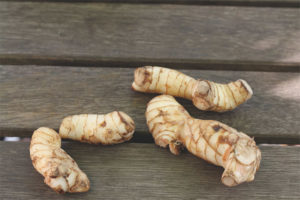
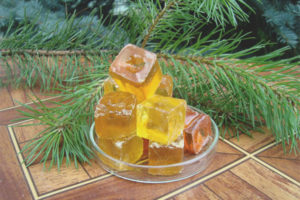
To send